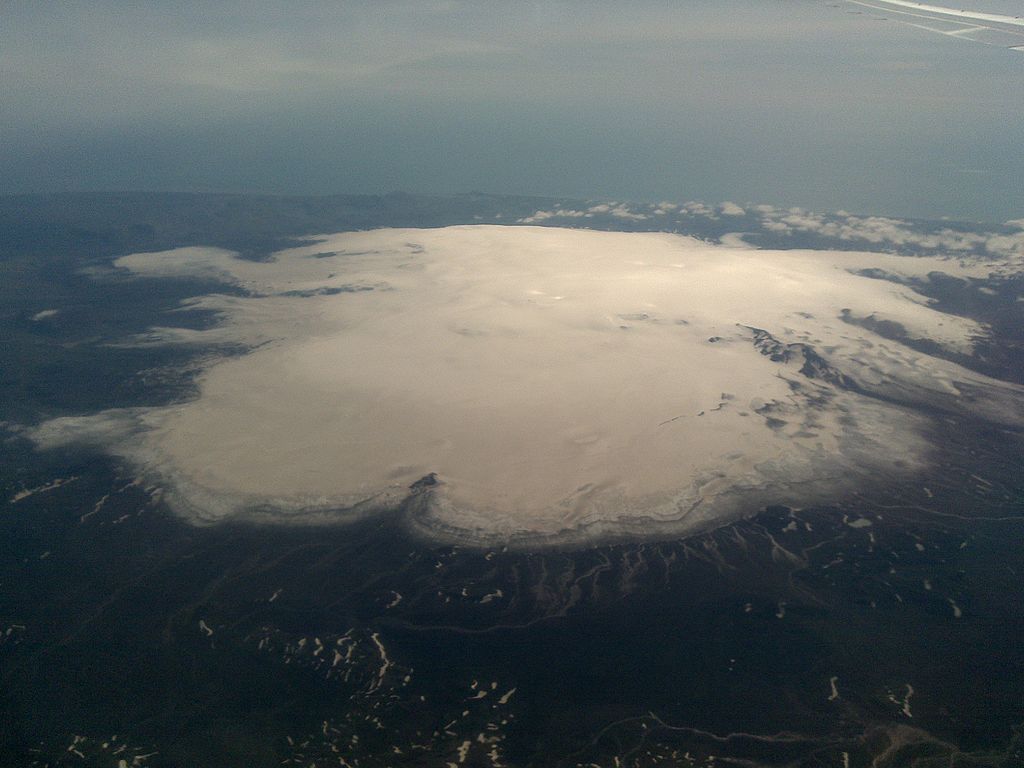Scientists have observed a massive Icelandic volcano called Katia, which they believe is close to a large eruption. The volcano is located close to Eyjafjallajokull, which erupted in 2010, causing major consequences which disrupted air travel around the world.
Katia’s volcanic cone is located beneath a huge glacier 5,000 feet above sea level. As a result, scientists have trouble monitoring its activities consistently using traditional methods. However, using airborne measurement techniques, researchers from Britain and Iceland conducted a study which found that Katia releases carbon dioxide at a fast pace. The high levels of carbon dioxide being released suggest the magma chambers of this massive Icelandic volcano are filling up, which could mean an eruption is imminent.
“We discovered that Katla volcano in Iceland is a globally important source of atmospheric carbon dioxide (CO2) in spite of being previously assumed to be a minor gas emitter,” the researchers wrote in their study published in the journal Geophysical Research Letters. “Volcanoes are a key natural source of atmospheric CO2 but estimates of the total global amount of CO2 that volcanoes emit are based on only a small number of active volcanoes. Very few volcanoes which are covered by glacial ice have been measured for gas emissions, probably because they tend to be difficult to access and often do not have obvious degassing vents. “
Evgenia Ilyinskaya, a research fellow at Leeds University’s Institute of Geophysics and Tectonics, believes Katla is already overdue for an eruption. The massive Icelandic volcano last erupted in 1918. Based on the volcano’s history, these eruptions take place every 50 years on average.
The study shows Katla emits at least 20 kilotons of CO2 on a daily basis, which is a massive amount. According to a translation of icelandmag.is from Google Translate, Ilvynskaya told the Icelandic National Broadcasting Service that only two volcanoes around the world are known to emit higher levels of CO2.
“It is highly unlikely that these emissions could be produced by geothermal activity. There must also be a magma build up to release this quantity of gas,” she said.
While the chances of this volcano erupting are quite high in the near future, scientists still can’t say for sure when it will occur.
“There is no way of telling when it will erupt, just that it will,” Icelandic Meteorological Office coordinator Sarah Barsotti told The Sunday Times.
Barsotti also expressed concern about the impact of strong volcanic eruptions on air travel. The size of the impact depends on several conditions, like the intensity of the eruption and what direction the wind takes when it occurs.
Scientists working on this study also discovered large amounts of methane and hydrogen sulfite. The gases could be dominant in areas where the rivers Emstruá and Múlakvísl start under the glacier.





